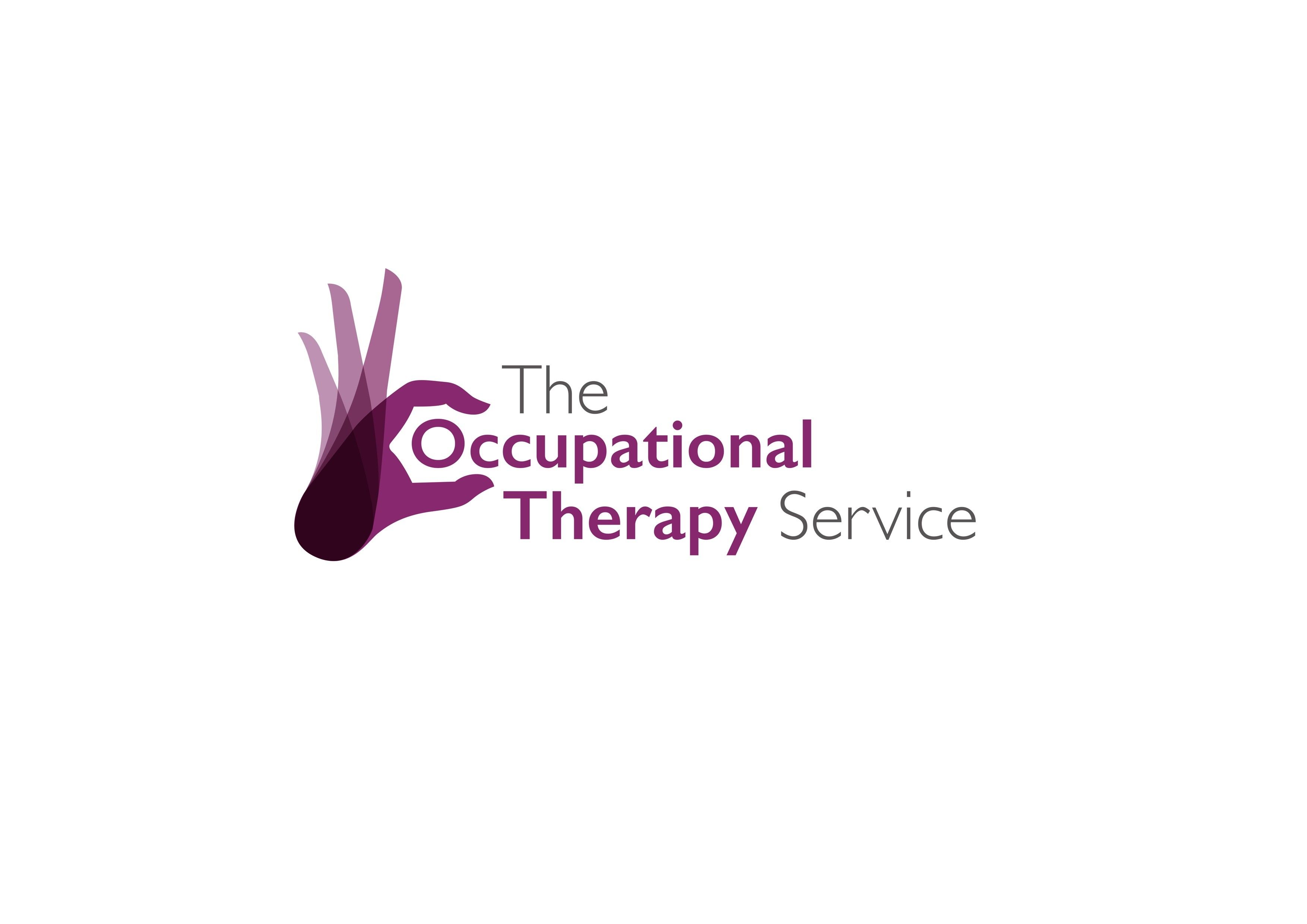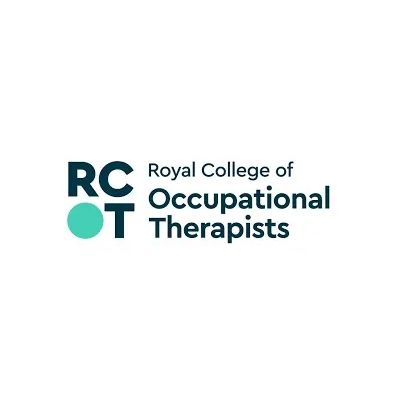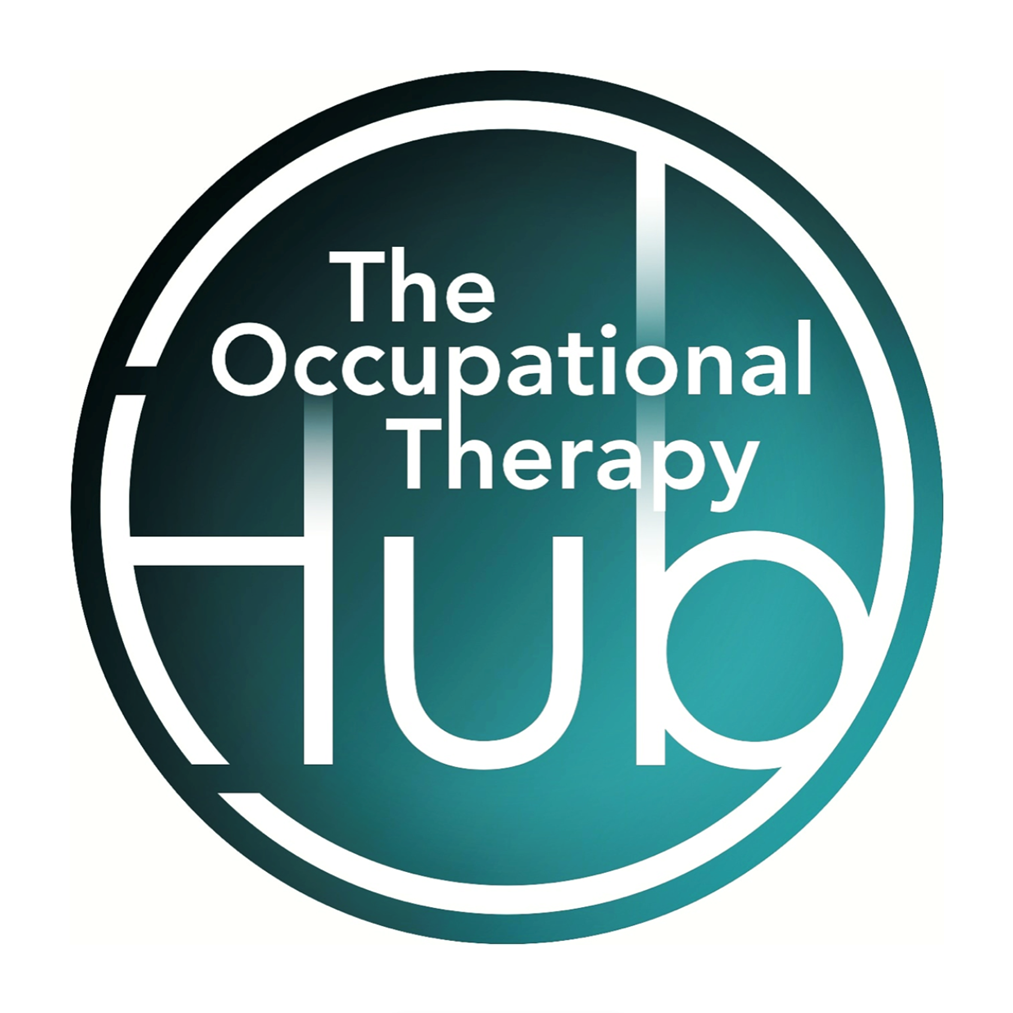)
Accessible design in the built environment is more than a technical consideration. It is a social justice issue, a public health priority, and, at its heart, an essential aspect of occupational therapy practice. When environments are designed inclusively, they do not simply reduce barriers; they actively enable people to live, work, and participate in their communities with dignity and independence.
A recent pioneering project in the London Borough of Newham has highlighted just how transformative this approach can be. By commissioning the Occupational Therapy Service to investigate housing design needs for neurodivergent residents and those with learning disabilities (particularly people whose needs include behaviours that challenge), Newham has become a national leader in embedding occupational therapy into urban planning. The results carry implications for practice across the UK and reinforce why occupational therapists must continue to play a central role in shaping accessible environments.
Why design matters in everyday occupation
At its core, occupational therapy is concerned with participation. It is not enough for people to simply exist within a space; they must be able to do within it; cook meals, rest, socialise, study, and retreat when necessary. For many neurodivergent people and those with learning disabilities, the design of their home can either enable or obstruct these everyday occupations.
The Newham study found that features such as noise levels, lighting, spatial layout, odours, and thermal comfort directly affected whether individuals experienced distress or calm. Something as simple as the placement of a quiet retreat space or the use of acoustic insulation could dramatically reduce the frequency of behaviours that challenge, improving quality of life for residents and families alike.
This demonstrates a core occupational therapy principle: environment and occupation are inseparable. Design that neglects the sensory and cognitive realities of residents undermines participation. Design that responds to those realities opens up opportunity.
From physical accessibility to cognitive and sensory inclusion
Traditionally, accessible design in housing has been framed around physical mobility standards such as M4(2) or M4(3). While these remain vital, the Newham project revealed their limitations. Meeting mobility standards alone does not address the needs of individuals whose challenges are sensory, cognitive, or behavioural.
For example, residents with reduced understanding of danger may be at risk from open-plan kitchens or unsecured balconies. Others may be distressed by glare, echoes, or sudden sounds. These risks are not addressed by conventional accessibility criteria. Occupational therapists, through their expertise in analysing the interaction between person, environment, and occupation, are uniquely placed to highlight these gaps and propose solutions.
Accessible design must therefore be expanded to encompass sensory-responsive, behaviour-informed features. This is not an optional add-on; it is an essential evolution if housing is to be truly inclusive.
The scale of unmet need
The need for this shift is urgent. In Newham, only 176 people with learning disabilities currently live in supported housing, far below national averages. Many are displaced into out-of-borough placements or inappropriate housing, leading to isolation, distress, and higher service costs.
With rates of neurodivergence and learning disabilities expected to rise significantly by 2040, particularly among older adults, housing systems cannot afford to ignore these needs. If environments continue to be designed without sensory and cognitive accessibility in mind, the consequences will be borne not only by individuals and families but also by health and social care systems under growing strain.
This is why occupational therapy input is indispensable. By applying clinical knowledge to design challenges, occupational therapists help anticipate and prevent crises before they occur.
Evidence-based guidance for change
The Newham project produced a comprehensive design guide rooted in lived experience, academic literature, and wide stakeholder consultation. Its recommendations include:
- Embedding sensory-responsive design into planning standards.
- Involving occupational therapists in the earliest stages of housing design.
- Training architects, planners, and housing professionals in the lived experience of neurodivergent people and those with learning disabilities.
- Expanding supported housing stock.
- Co-producing solutions with residents and families.
Importantly, the guide does not call for expensive or niche adaptations. Many recommendations, such as soft-close fittings, better lighting control, retreat spaces, or robust materials, benefit everyone. They only become essential when supporting those with behaviours that challenge. In other words, inclusive design is not specialist design; it is good design.
The Occupational Therapy contribution
This project illustrates occupational therapy’s power to shape environments at a strategic and policy-making level. Far from being confined to individual assessments, the occupational therapists involved in Newham led the research, synthesised evidence, and translated findings into practical tools for planners and developers.
They demonstrated how knowledge, rooted in understanding human behaviour, sensory processing, and the therapeutic value of occupation, can bridge the gap between theory and real-world application. In doing so, they raised the profile of the profession and expanded its evidence base.
For the wider system, the message is clear: occupational therapists are not just adaptors of environments; they are designers of inclusion.
A replicable model for inclusive communities
While grounded in Newham, the findings resonate far beyond London. Every local authority grappling with housing shortages, rising demand, and diverse populations can draw on this model. The principles align with national frameworks such as the Equality Act 2010, the Care Act 2014, and the National Planning Policy Framework, making them both practical and policy relevant.
The lesson is universal: inclusive design benefits everyone, reduces long-term costs, and fosters resilient communities. Most importantly, it honours the rights and dignity of those whose needs have too often been overlooked.
Why accessible design is core to occupational therapy practice
For occupational therapists, accessible design is not a peripheral concern. It sits at the heart of our professional purpose. By recognising how environment shapes occupation, OTs are uniquely equipped to advocate for spaces that enable rather than disable. Whether influencing housing policy, designing clinical environments, or working alongside architects, occupational therapists ensure that accessibility is understood not just as compliance, but as participation, safety, and well-being.
The Newham example makes plain that inclusive design is not optional. It is essential for individuals, families, communities, and society at large.
Learn more at The OT Show
For those inspired to explore these ideas further, The OT Show will host a dedicated session on this topic:
“Designing Inclusive Environments: The Occupational Therapy Contribution”
Presented by Marney Walker and Jan Healy on Wednesday 26th November, 12:30 – 13:00, in Theatre 3
This session will build on the evidence from Newham and showcase how occupational therapists can lead the way in creating inclusive environments. It’s an unmissable opportunity for practitioners, educators, and leaders who want to understand how design and occupational therapy intersect, and how this synergy can transform practice.
OT News (2025), September, pg. 12 – 16, available at https://viewer.joomag.com/otnews-september-2025/0371608001757423063/p12?short=




















)

